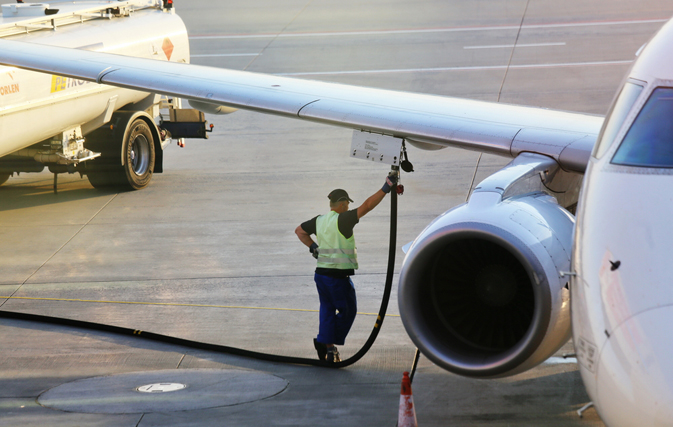MONTREAL — Air Canada says a 16% increase in operating costs due to higher fuel prices and other items has resulted in a $37 million loss for the first quarter.
The loss was equal to 14 cents per share and contrasted with a $101 million profit in last year’s first quarter.
The Montreal-based airline says revenue was up $299 million from last year to $3.64 billion, but its operating expenses were up by $507 million.
The airline says fuel prices were about 48% higher than in the first quarter of 2016, when global oil prices were near 13-year lows.
In addition, Air Canada recorded a $30 million special item related to a fine imposed in March by the European Commission on several cargo carriers.
“As the first quarter is traditionally one of our weakest, I am pleased to see system traffic up 14% and revenues up 8.9% year-over-year,” said Air Canada President and CEO Calin Rovinescu.
“We have a positive outlook on the year as we see improvements in the domestic Canada, U.S. transborder and Atlantic markets, with the Pacific market stabilizing towards the second half of the year.”
This year represents the third year of planned significant capacity growth as Air Canada executes its international expansion strategy with the introduction of its new wide-body fleet and the continued deployment of Rouge to compete effectively in leisure markets, he said. “In the first quarter, we made a significant investment with the inauguration of our Boeing 787 Dreamliner daily service from Montreal to Shanghai, our first direct flight from that city to Asia. This week we announced our first direct flights to South America from Montreal with the introduction of Rouge service to Lima, and the expansion of Pacific services between Vancouver and Melbourne, both starting next winter. Other new international and U.S. transborder services announced during the quarter include Montreal-Tel Aviv, Montreal and Toronto-Reykjavik, Iceland and Vancouver-Boston.”
Capacity growth, driven by the wide-body fleet expansion, will begin to slow in 2018 as the airline shifts its focus to its mainline narrow-body fleet replacement program starting with the introduction of the Boeing 737 MAX aircraft later this year, followed by the Bombardier C-Series aircraft in late 2019, he added.
With file from The Canadian Press

